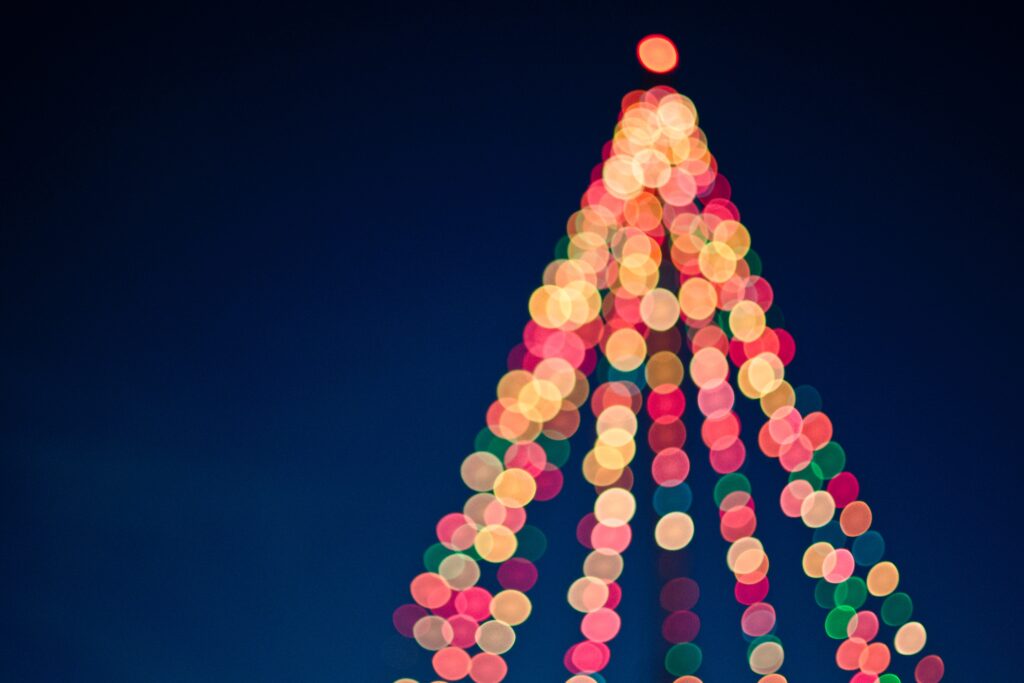
Festive Christmas in the Dominican Republic – 6 Heartwarming Traditions and Customs
Christmas in the Dominican Republic is a joyous celebration marked by vibrant traditions and festive decorations. From the sparkling lights adorning the streets to the vibrant decorations, Christmas in the Dominican Republic is a m In the Dominican Republic, as the sun begins to set a little earlier and the temperatures start to drop, the main avenues or parks in towns and cities take on a festive transformation with seasonal decorations: twinkling lights, charamicos, and Easter flowers. The anticipation of Christmas traditions begins to fill the air, evoking a sense of nostalgia. Common traditions in the country start to emerge, bringing everyone into a shared state of celebration and joy.agical time that unites communities in the spirit of the season.







0 Comment